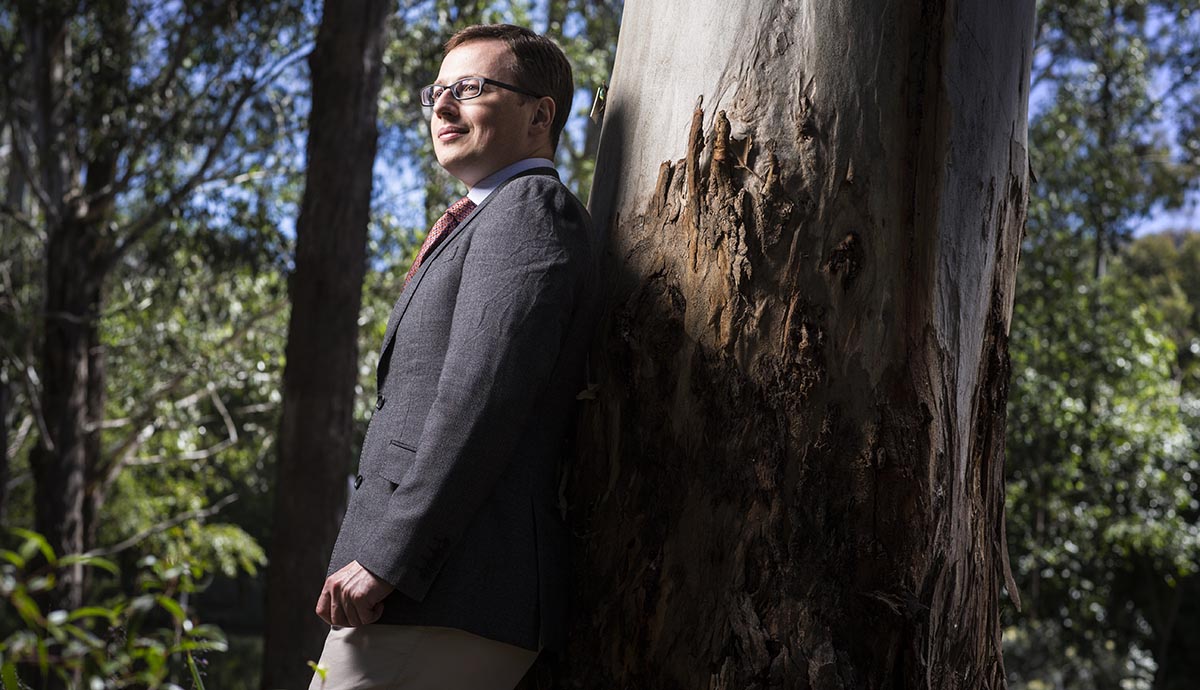August 7, 2017
Can green spaces help prevent Alzheimer’s disease?
NHMRC Research Leadership Fellowship awarded for ground-breaking study
A world-first study by University of Wollongong (UOW) researcher Associate Professor Thomas Astell-Burt will examine whether urban green spaces have a role to play in preventing Alzheimer’s disease.
Professor Thomas Astell-Burt was awarded a Boosting Dementia Research Leadership Fellowship with funds of $719,840 in the latest round of National Health and Medical Research Council (NHMRC) research funding announced by the Minister for Health, the Hon Greg Hunt MP. Professor Astell-Burt is one of only four fellows awarded in the area of public health.
The NHMRC fellowships support researchers undertaking projects to prevent, diagnose, treat and manage dementia, including its most common form, Alzheimer’s disease. There are estimated to be 413,106 Australians living with dementia and by 2025 this number is expected to increase to 536,000.
Professor Astell-Burt is Co-Director of the Population Wellbeing and Environment Research Lab (PowerLab) in the School of Health and Society in the Faculty of Social Sciences at UOW. In the PowerLab he leads a team of emerging researchers and PhD students on a range of projects focused on identifying environmental factors that promote healthy and equitable ageing.
The fellowship will extend this work with a large-scale longitudinal study to examine if green space of particular types (e.g. parks) in our local communities helps to reduce Alzheimer’s risk over a 15-year timespan.
“Knowledge of the general health benefits of green spaces is growing, but there has been little epidemiological investigation into green spaces in relation to Alzheimer’s disease,” Professor Astell-Burt said.
“Evidence suggests that green spaces help to restore our abilities, such as improving our mental alertness and enhancing recovery from stressful experiences. They can provide attractive settings for us to build capacities through physical and social recreation.
“Some types of greenery in our neighbourhoods may also help to mitigate the effects of wider environmental exposures, such as providing shelter from heat island effects and protecting us from air pollution. “All of these benefits may work in synergy to help reduce the risk of developing Alzheimer’s disease.”
Professor Astell-Burt will collaborate with city and green space planners, clinicians and other leading international researchers. The research will involve statistical analyses of many sources of health, demographic and spatial data.
“This research is made possible through the use of existing sources of ‘big’ data, with which we can use to investigate how the design of our local built environments, including green spaces, can help to keep us healthy and out of hospital.”
